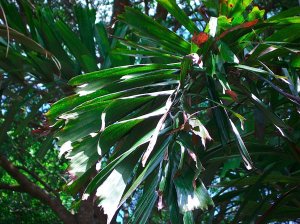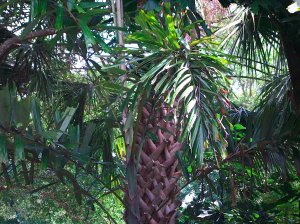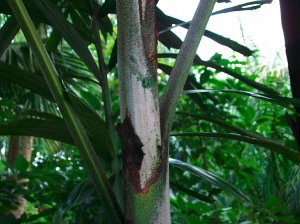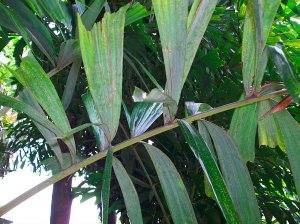palmnerd
Well-Known Member
- 1,323
- 05/12/08
- 0
- 56
I purchased this palm about nine years ago. It was sold to me as Normabya normanbyi. As this plant ages my guess is that it is not a Normanbya. Anyone want to take a crack at guessing what it is. I would like to know as it has performed well. So well That I am not mad for not having received a Normanbya from the vendor.





